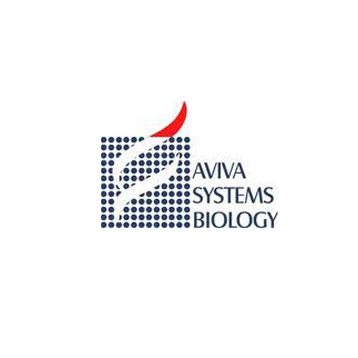Thymic Stromal Lymphopoietin (TSLP) is a 23 kDa member of the IL-7 family of a-helical cytokines (1-3). It is a monomeric glycoprotein that is synthesized as a 159 amino acid (aa) precursor (4, 5). TSLP appears to have species-specific functions. In mouse, TSLP was initially reported to act on NK cells, mast cells, and B cells, but this does not appear to occur in humans. In humans, TSLP is produced by a number of divergent cell types, all of which appear to target T cells, monocytes, and/or dendritic cells (2). On TCR-activated T cells, TSLP directly induces T cell proliferation (6). The significance of this direct action is unclear. On monocytes, TSLP is reported to induce the release of multiple chemokines that target CCR4, a receptor associated with the Th2 subset (5). TSLP is best known for its direct action on subsets of dendritic cells. In thymic medulla, Hassell�s corpuscle epithelium produces TSLP that acts on resident CD11c+ dendritic cells. This induces the expression of B7 family molecules on dendritic cells, which subsequently convert regional CD4+CD25+ (potentially) autoreactive T cells into CD4+CD25+FOXP3+ regulatory T cells (7). Allergen-challenged keratinocytes are also known to produce TSLP in skin where TSLP acts on Langerhans cells (CD1a+ immature dendritic cells) which then migrate to regional lymph nodes and express B7-2/CD86, CD83, high levels of MHC-II, and TARC. TARC attracts naive CD4+ T cells to the TSLP-activated Langerhans cells, and this interaction induces a Th2 phenotype. TSLP-induced Th2 cells are strong producers of IL-13, IL-5, and TNF-a, all of which promote allergic-type inflammations (8, 9).
For the quantitative determination of human Thymic Stromal Lymphopoietin (TSLP) concentrations in cell culture supernates, serum, and plasma.
Principle of the assay: This assay employs the quantitative sandwich enzyme immunoassay technique. A monoclonal antibody specific for TSLP has been pre-coated onto a microplate. Standards and samples are pipetted into the wells and any TSLP present is bound by the immobilized antibody. Following incubation unbound samples are removed during a wash step, and then a detection antibody specific for TSLP is added to the wells and binds to the combination of capture antibody-TSLP in sample. Following a wash to remove any unbound combination, and enzyme conjugate is added to the wells. Following incubation and wash steps a substrate is added. A colored product is formed in proportion to the amount of TSLP present in the sample. The reaction is terminated by addition of acid and absorbance is measured at 450nm. A standard curve is prepared from seven TSLP standard dilutions and TSLP sample concentration determined.

 Products
Products  human TSLP ELISA kit (48 Wells)
human TSLP ELISA kit (48 Wells)
